**The realm of robotics at Tesla witnesses a significant shakeal as the vice president steering the Optimus robot project bids farewell to the company, leaving questions about the project’s trajectory.**
Tesla’s Optimus robot, unveiled with much fanfare, has been symbolic of Tesla’s ambitions to transcend the automotive industry and venture boldly into the world of robotics. The Optimus robot, envisioned as a general-purpose humanoid, has piqued the interest of both public and private sectors, eager to see how Tesla might revolutionize automation and augment workforce capabilities.
This robot is designed to handle tasks considered dull, repetitive, or hazardous, paving the way for humans to focus on more creative and complex endeavors. With its ability to perform a variety of functions, the project’s overseers intended for Optimus to usher in a new era where manual labor is not only supported by machines but seamlessly augmented by them.
However, the VP’s unexpected departure throws a wrench into these ambitious plans. Although the reasons for leaving have not been fully disclosed, the absence of such a key leader can affect project timelines, innovation directions, and team morale.
**Technological Frontiers: The Optimus Advantage**
Tesla’s entry into robotics was characterized by leveraging its existing technologies. The Optimus robot would employ similar software and hardware seen in Tesla’s autopilot system, which includes advanced sensors and AI algorithms for navigation and real-world interaction.
The departure of the vice president may stall progress as the company seeks a new strategic lead capable of shepherding the project back onto its innovative path. The outcome could influence Tesla’s market value, as investor confidence correlates strongly with the company’s technological advancements and ability to introduce groundbreaking products.
**Impact on the Industry**
Industry analysts mention that Tesla’s foray into humanoid robots is a pivotal moment, potentially impacting sectors ranging from agriculture to healthcare. If successful, the Optimus could validate Tesla’s pivot towards more diverse technological solutions. The company’s traditional focus on vehicles could evolve into more comprehensive, cross-industry technological engagements.
With the current leadership vacuum, competitors in the robotics space might get a brief opportunity to solidify their positions, or perhaps even gain ground on what seemed like Tesla’s competitive advantage in the emerging smart robotics market.
**The Road Ahead**
Much hinges on Tesla’s ability to recalibrate its leadership and strategy swiftly. The optimal path forward involves not only filling the leadership void but also ensuring that the innovative spirit remains intact amidst the transition.
Tesla has historically thrived on disruptive innovation, often led by a team with unwavering focus and strategic vision. The new VP, whoever they may be, will not only need to shoulder the existing responsibilities but also inspire a team of brilliant engineers and developers to push boundaries regardless of recent challenges.
In conclusion, while the departure of the VP overseeing Tesla’s Optimus program could potentially impede immediate progress, the company’s track record suggests an inherent resilience and adaptability to navigate such choppy waters. It remains to be seen just how Tesla will pivot and adapt, but industry stakeholders certainly have their eyes peeled to see what comes next from the electric vehicle and soon-to-be robotics giant.
AI
Tesla Optimus

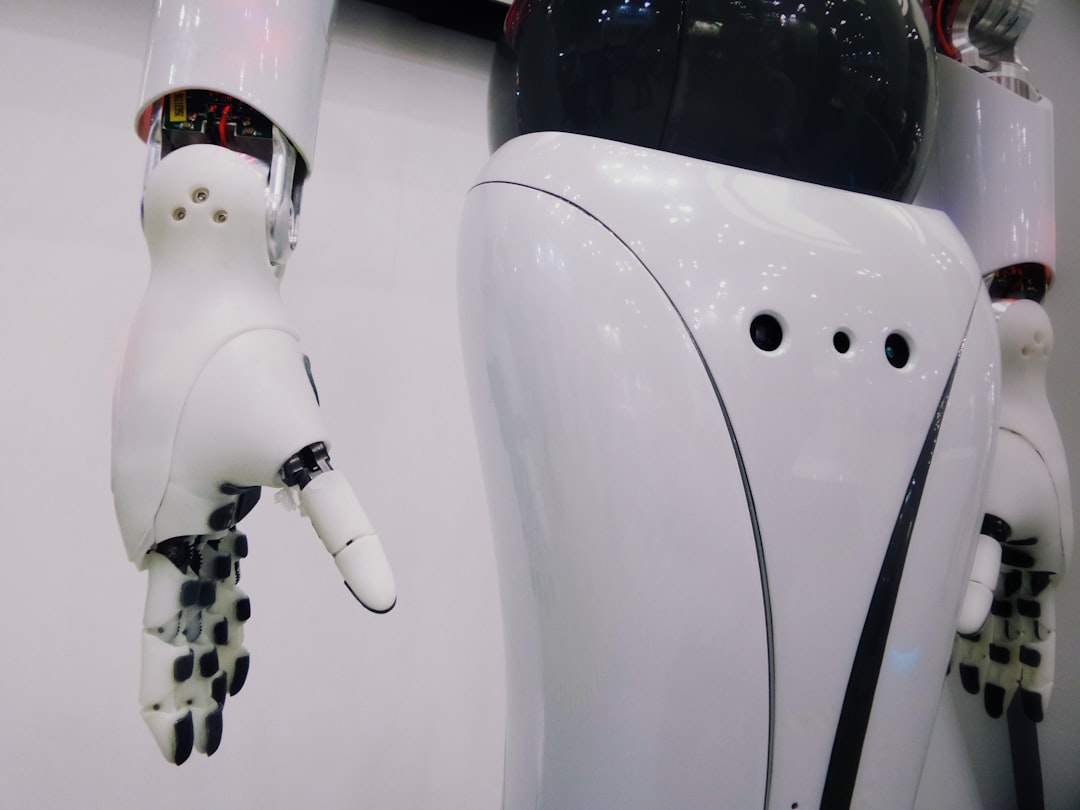
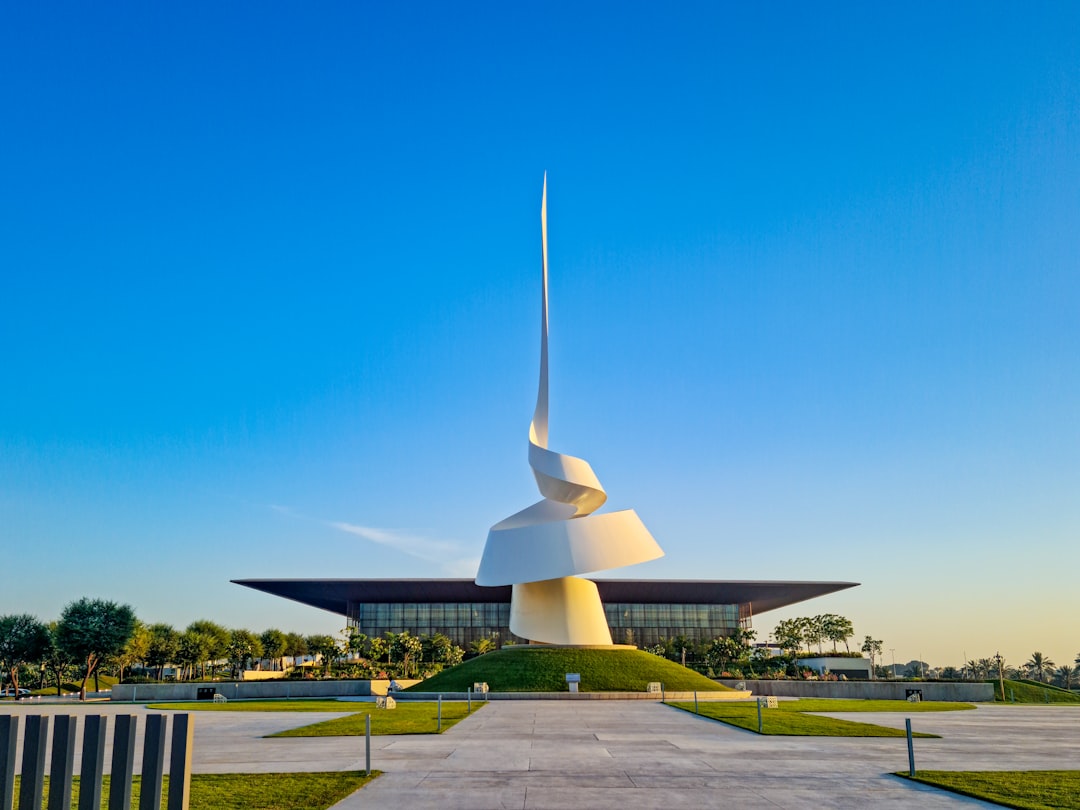




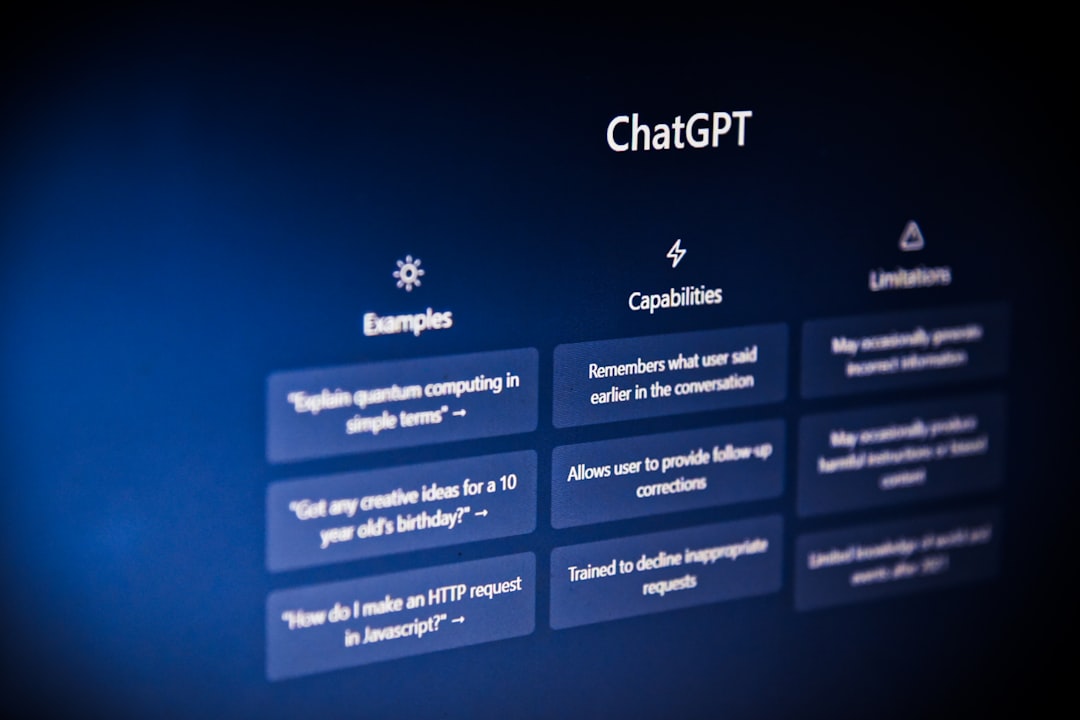
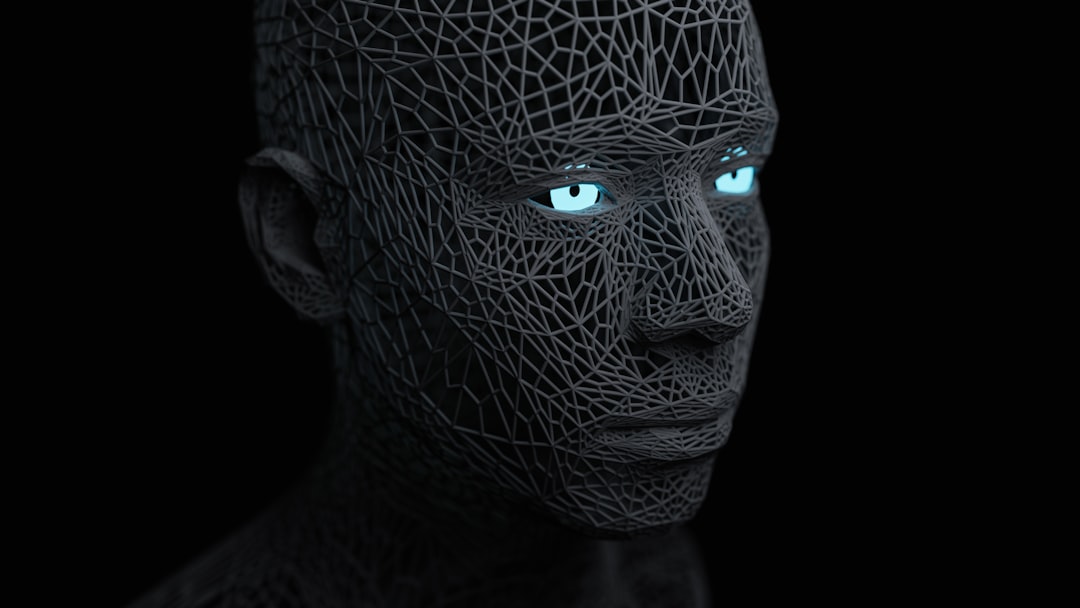
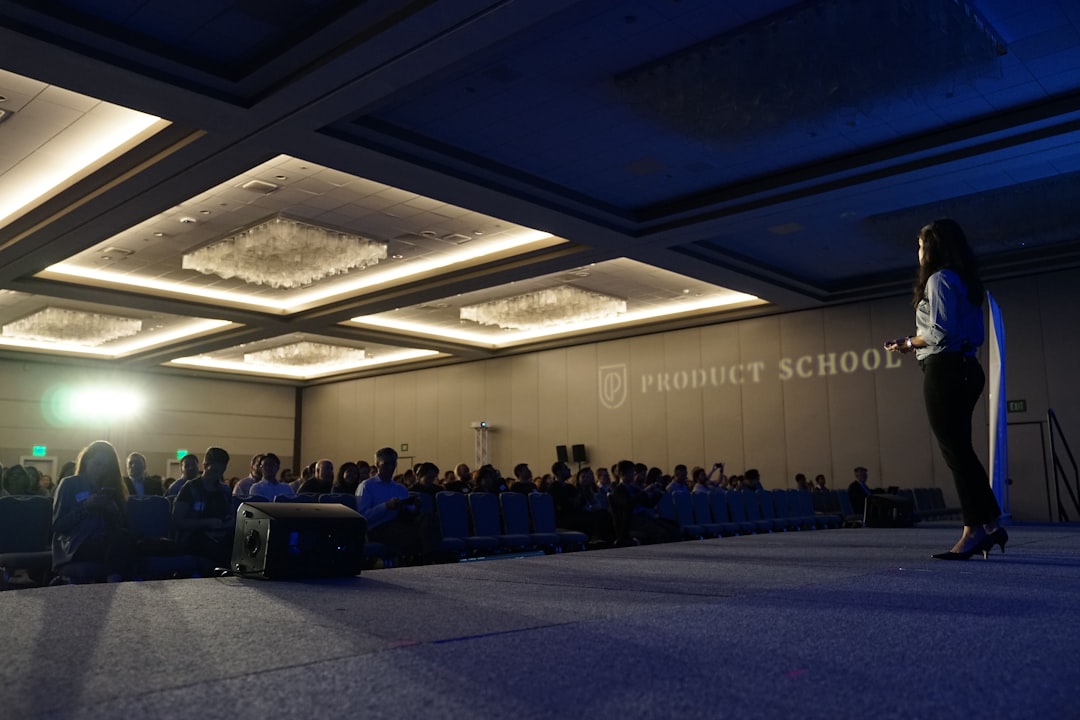
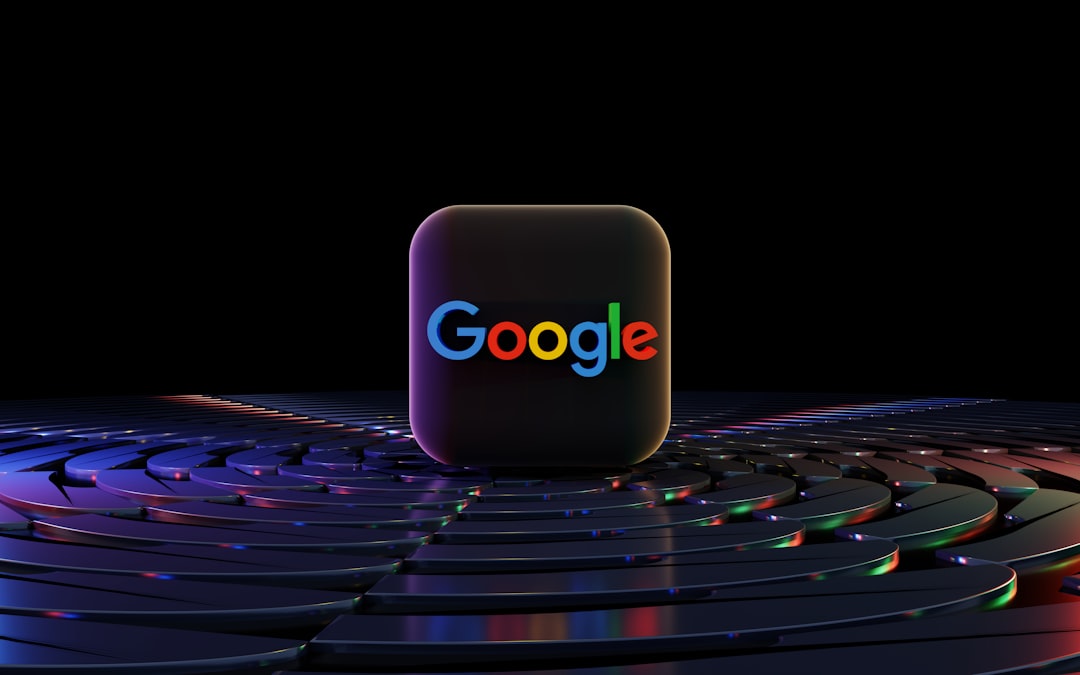
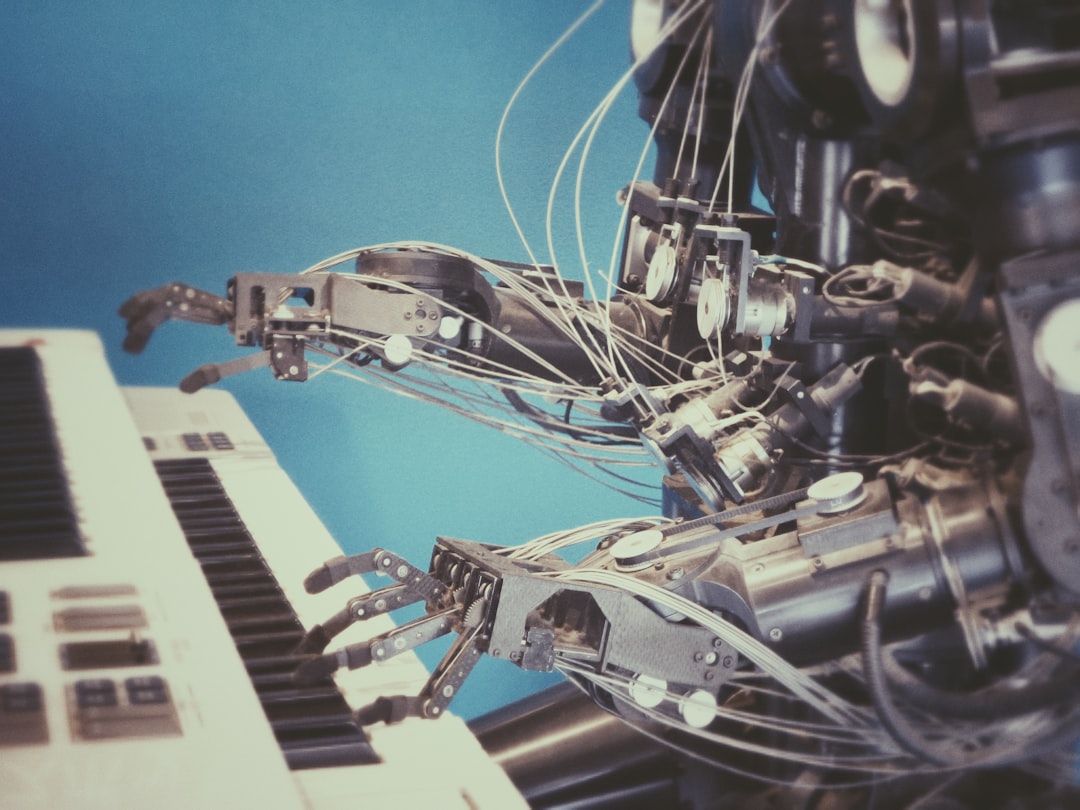
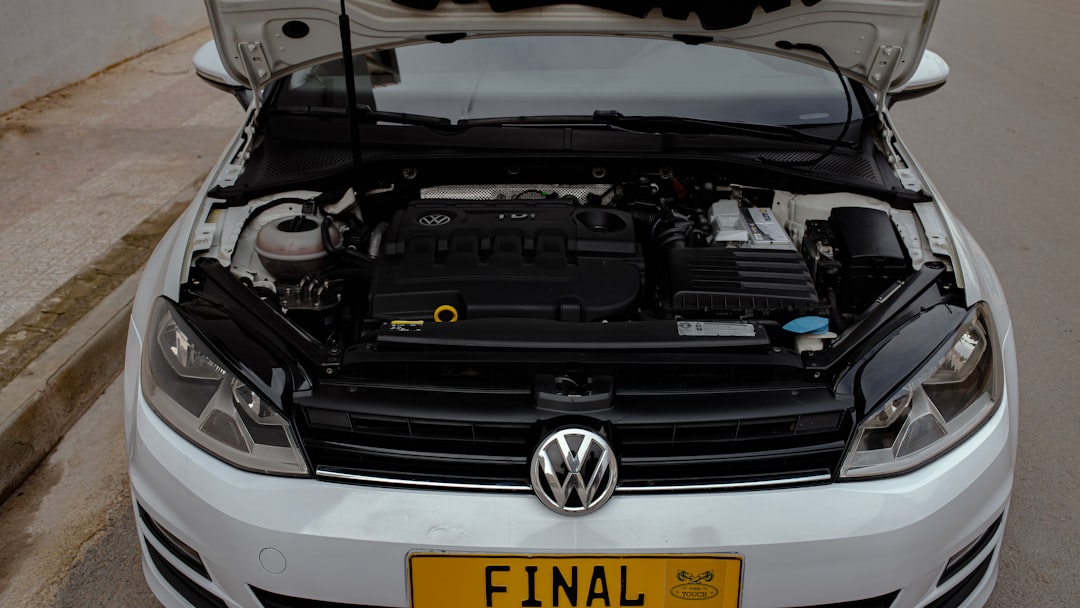

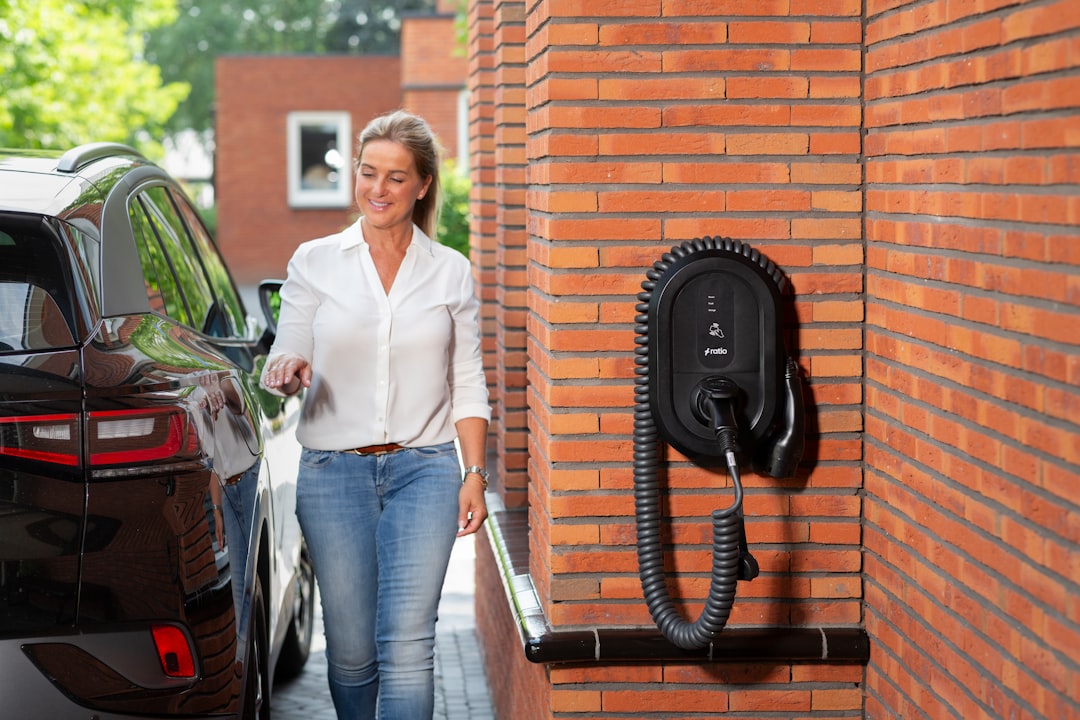
Leave a Reply